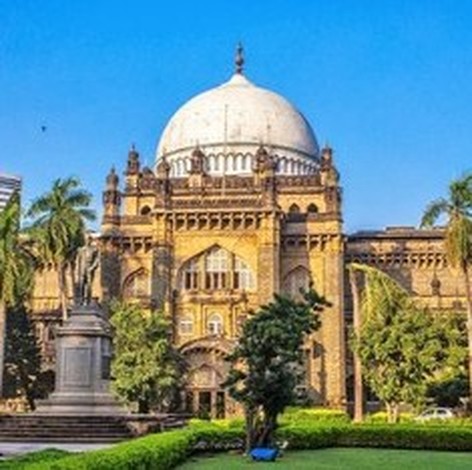


Mumbai is a city of contrasts. Arguably India's most cosmopolitan city, it brims with gourmet restaurants, five-star hotels, the fancy living quarters of Bollywood megastars, and renowned attractions. But remember: An estimated 20 million people call this bustling metropolis home, giving India's largest city a distinctively chaotic, energized feel. It's easy to experience India at its most authentic in Mumbai. You'll see Hindu devotees picking up garlands from the massive flower market near Dadar railway station, "dabbawalas" (translated as people who carry containers) delivering hundreds of thousands of freshly cooked lunches to the city's office workers from Churchgate railway station, the swirling colors of the bustling "Thieves Market," and people of all walks of life enjoying the sunset from the sugary sand at Marine Drive Chowpatty. Mumbai is equal parts overwhelming and inspiring, and you'll never forget your first visit to this city. Tourists are spoiled for choice when it comes to things to do in Mumbai. Plan your adventure in this incredible city with our list of the top tourist attractions in Mumbai.
Mumbai, known as Bombay before 1995, is a coastal city in western India, the largest port in India, the center of the cotton textile industry, the capital of Maharashtra State, the Mumbai region is the second most densely populated area in the entire country of India, according to the 2016 population statistics. The region has a population of about 21.3 million (second only to India's capital, New Delhi, with a population of 25 million). Mumbai is also the richest city in India, with more millionaires and multimillionaires than any other city in the country, and is an important trading center and port city. On Bombay Island, 16 km from the coast, there are Bridges connected to causeways. Bombay was occupied by the Portuguese in 1534 and transferred to the British in 1661, making it an important trading center in Asia. Mumbai is located on Sarset Island, off the west coast of Maharashtra state, facing the Arabian Sea.




